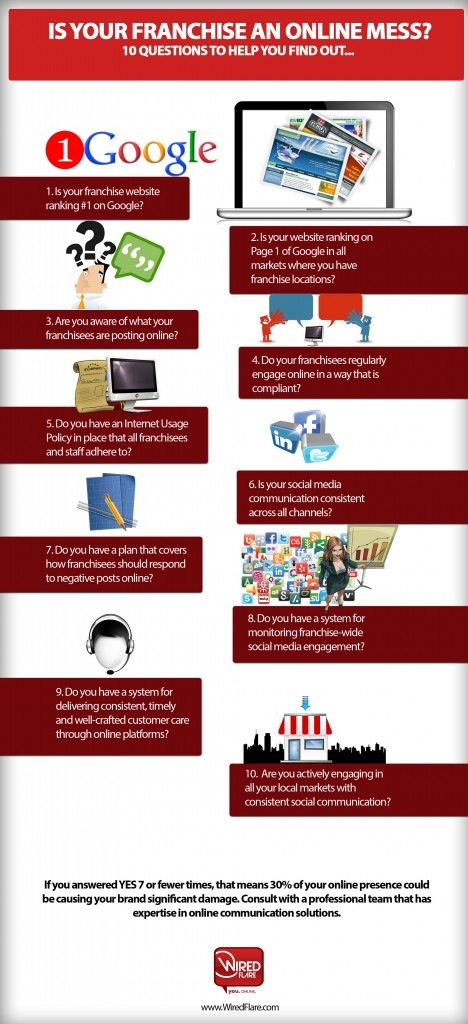Social media can be an amazing way to connect with friends, family, clients and potential clients. It can be a vehicle for personal communication and business growth.
However, it is also very public, and very quickly our private lives can become very un-private.
When it comes to protecting our families, especially, this is a scary thing. The reality is that there are predators and bullies out there who will use the Internet to take advantage of or harass others.
While we cannot prevent all this from happening, it's essential that we take every precaution possible in order to protect our own lives and the lives of our children.
Here are some ways we can protect ourselves and our families on social media:
Step 1: Know the Facts
Understand how each platform works (Facebook, Twitter, Instagram, Snapchapt, etc.). Then go through the settings on each platform in order to control privacy as best as possible. Here are some tips to consider:
●Whenever possible, make sure only your approved friends can see the content you post.
●Remember that almost all platforms allow you to block people.
●Almost all platforms provide some way for you to report inappropriate conduct.
●For many platforms, content is "public" by default, so you have to go into settings and change this so only your friends can see your content.
●Many platforms keep archived copies of the content that you post. Even if you delete it, they still have it.
●Some platforms will allow you to "approve" your friends and followers in advance. When possible, select this option.
To learn more about the platforms below, follow these links:
Facebook:
https://www.facebook.com/help/445588775451827
https://www.facebook.com/safety
Twitter: https://twitter.com/privacy
Instagram: http://instagram.com/about/legal/privacy/
Snapchat: http://www.snapchat.com/static_files/parents.pdf
Step 2: Be Proactive with Your Privacy
Here are some proactive measures you can take on many social media networks in order to maintain your privacy.
Locations - Turn Off Locations settings so that people do not know where you are when you are posting content.
Passwords
●Make them hard to guess.
●Don't share them with others (except for a member of your family, who should have it for protection)
●Consider changing your passwords every 6 months and keep a record of them.
●Don't use the same password for everything
Nickname - Consider using a nickname (not your real name) whenever possible
Contact Information
●share it - your friends will have your phone number; they don't need to find it on social networks.
●Never put your address
●Use a special EMAIL just for social networks that does not have your name in it.
Cookies - Delete cookies and browsing history on your computer regularly. This makes it more difficult for websites to store your information.
Account Separation - Consider not linking social networks together. Keep Facebook separate from Twitter, separate from Instagram, etc.
Step 3: Consider your "Friends" Carefully
Social media is for you to engage with your true friends. This is especially true for young people. Remember that you do NOT have to connect with everyone. Rather, only connect with people you truly WANT to connect with.
Also remember that in many cases you have the ability to block, unfriend report, keep your profile private and make your profile unsearchable. Use these things whenever you need them.
Do what feels right. If someone requests to be your friend, and it doesn't feel right to you...don't accept!
Step 4: Consider Your Content
We recommend that you do NOT post the following:
●Photos that show conduct you wouldn't want anyone but your close friends seeing
●Photos or posts showing conduct that is illegal, against the law or unethical
●Photos that show any parts of you that aren't meant to be exposed in public
●Personal information that could tell the public more information than they need to know (times, locations, plans)
●Inappropriate or defamatory language
●Negative or hurtful comments - Why? Because they are often said in the heat of anger or sadness, they don't reflect what you really mean, they could seriously hurt others, they could damage your reputation, and they could impact your future.
This is our rule of thumb:
If you wouldn't post it on a BILLBOARD for your GRANDMOTHER to see, DON'T post it online!
The Internet (and friends and future colleagues and admissions counselors and bosses) have very long memories. NOTHING is really private on social media. Your Digital Footprint stays with you FOREVER.
And remember... Sometimes it is just best to TURN IT OFF rather than post anything at all.
If your mind isn't in the right space, don't post anything (you may regret what you post later, and then it's already out there).
There are many potential consequences to posting "inappropriate" content, including:
●Physical harm to yourself or someone else
●Loss of job
●Impact on reputation
●Loss of friends
●Loss of university acceptance
●Criminal investigations
Step 5: Create a Family Social Media Agreement
Families can be the best support for each other. Staying connected online will help your family stay protected. We recommend that you:
Connect
●Stay connected with your family online
●Be friends, follow each other, etc.
Share what's happening online within your family group.
●Be honest about what's happening on social media
●Teenagers, talk with your parents
●Parents, talk with your kids
●Openness = more trust
●Sharing your account information with your family and asking for help with privacy settings will increase your protection.
Create a family online engagement contract.
●Teenagers, let your parents know that you value your privacy and independence on social networks
●Parents, let your kids know that you trust them and simply want to be there when they need you to help keep them safe.
●Define "rules" that address everyone' needs so the entire family is in agreement and understands.
Go forth, have fun and stay protected!


